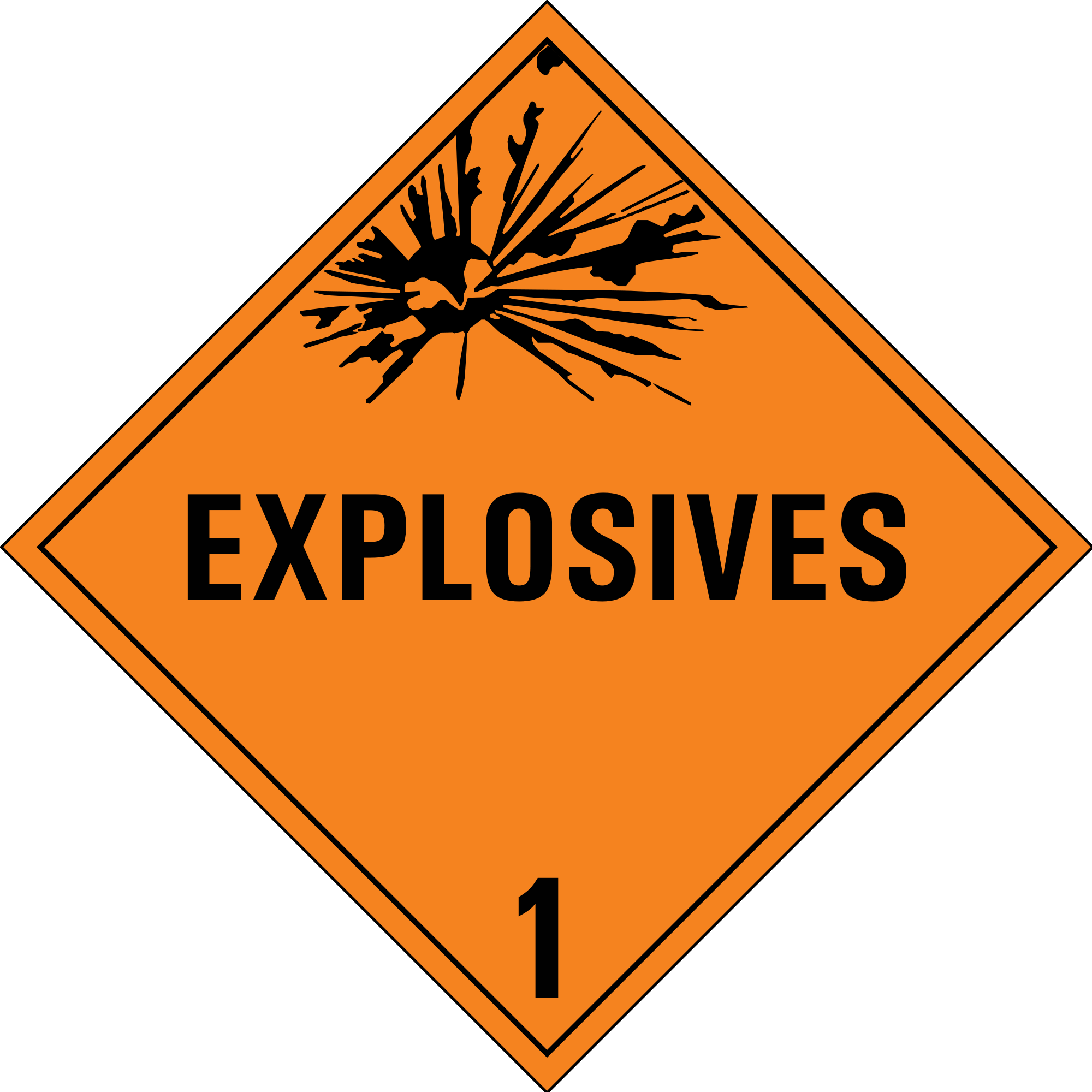The Fallacy of “Intrinsically Safe” Cases for Tablets
 There are various products on the market called “intrinsically safe” cases for tablets. These cases are intended to make a typical or rugged tablet safe for use in hazardous locations where explosive atmospheres exist. No case, however, can make a tablet “intrinsically safe.”
Intrinsically safe equipment must be engineered to meet specific criteria and then certified by official certifying bodies to be deemed truly “intrinsically safe.”
Intrinsically safe devices, by definition, are designed to be incapable of releasing sufficient electrical or thermal energy under normal and abnormal conditions to cause ignition of a specific hazardous atmospheric mixture in its most easily ignited concentration.
To achieve the Intrinsic Safety (IS) marking, the device design must pass the appropriate requirements described in UL913, IEC Ex60079 and ATEX standards. For example, the UL913 Class I Division 1 is defined as areas of hazardous locations where flammable material is present at least 10 hours per year. To be used in these areas, a device must demonstrate:
There are various products on the market called “intrinsically safe” cases for tablets. These cases are intended to make a typical or rugged tablet safe for use in hazardous locations where explosive atmospheres exist. No case, however, can make a tablet “intrinsically safe.”
Intrinsically safe equipment must be engineered to meet specific criteria and then certified by official certifying bodies to be deemed truly “intrinsically safe.”
Intrinsically safe devices, by definition, are designed to be incapable of releasing sufficient electrical or thermal energy under normal and abnormal conditions to cause ignition of a specific hazardous atmospheric mixture in its most easily ignited concentration.
To achieve the Intrinsic Safety (IS) marking, the device design must pass the appropriate requirements described in UL913, IEC Ex60079 and ATEX standards. For example, the UL913 Class I Division 1 is defined as areas of hazardous locations where flammable material is present at least 10 hours per year. To be used in these areas, a device must demonstrate:
- Control over the energy level of circuits
- Control over thermals/temperature of circuits or components
- Inability to cause an explosion even with two faults in the product
- Device can pass a drop test, plus an Ingress Protection test for liquid such as water and a solid such as dust
